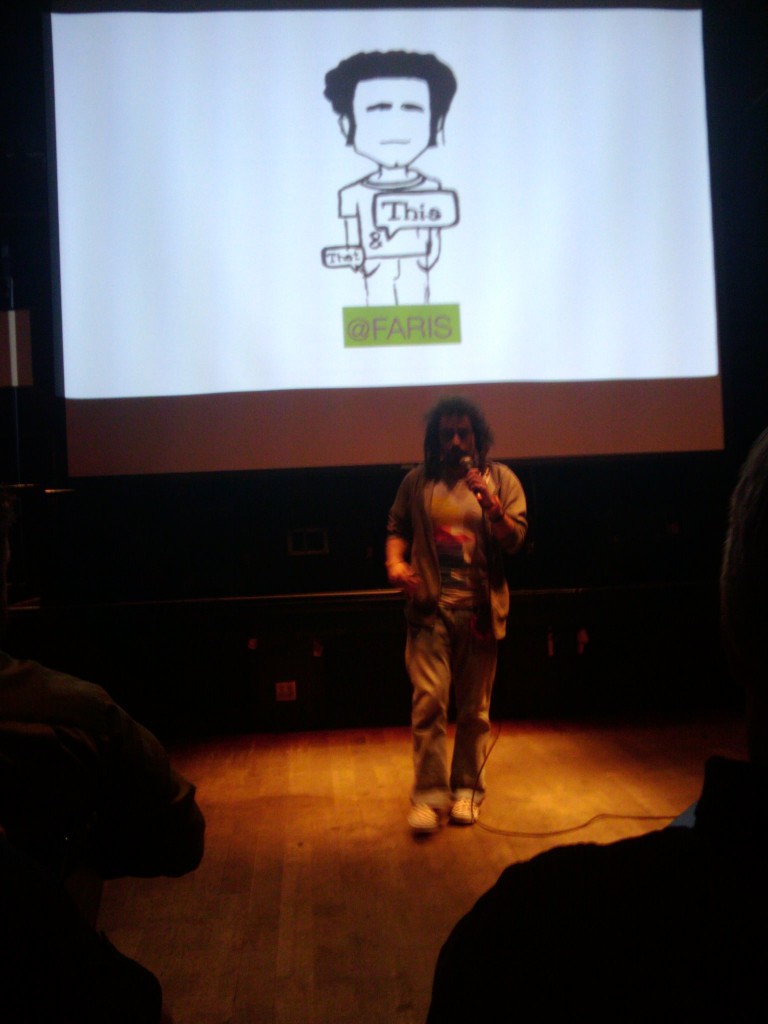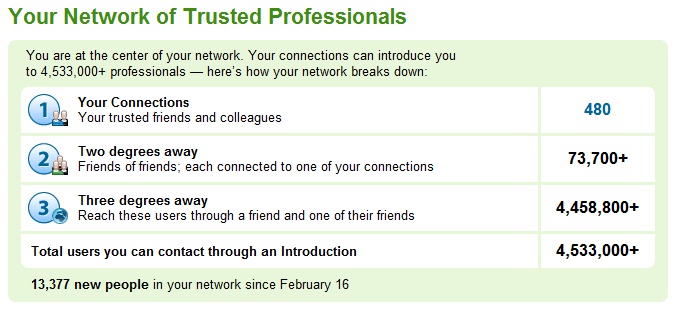I’ve attended about 5 of these events, put on every winter/spring, and have recently noticed the demographic of the audience has been changing from just the digital geeks to …how should I say this…older… ahem….more experienced business professionals who have begun to realize that the digital space is becoming increasingly social and more relevant to their world. I say kudos to them.
Faris Yakob, formerly the Chief Technology Strategist at McCann Erickson, was the speaker at this CATFOA event and his theory that once you hit 30 years of age, everything you’ve learned up to that point about marketing, pr and advertising is now hard wired into your brain and new technologies and cultural dynamics have a harder time breaking through to your consciousness.
His point is perhaps a bit extreme but it holds a grain of truth as there’s been a rapid paradigm shift in the way communication technologies have become faster and more pervasive, as Faris talks about in his Fast Company article on Cultural Latency. Thus companies (mostly run by people older than 30) are slow to catch on to this paradigm shift and realizing this isn’t just a fad. This is real, it’s growing in significance, and it’s going to have serious repercussions for organizations if they don’t quickly grasp this new world of interactive social engagement.
People are starting to slowly catch on though as witnessed by the demographic shift at these events and the droves of Minnesota professionals flocking to such associations and events as:
- MIMA – 1,400 members and counting
- Social Media Breakfast (SMBMSP) – average event attendance: 300+
- CATFOA – average event attendance: 250+
Organizations such as the MN American Marketing Association (MNAMA), Advertising Federation (AdFed), Midwest Direct Marketing Association (MDMA) and Public Relations Society of America (PRSA) have been slow to incorporate interactive programming and have been losing members and event attendance to these groups. They will be in serious trouble if they don’t start bringing more interactive and social media content to their event schedules.
My guess is that five years from now we won’t be talking about digital marketing or social networking as it will be one discipline; marketing. And it will further blur the lines between what we perceive as marketing, public relations and advertising. There will definitely be an interesting shake out in the agency world in the next few years.
It’s a confusing world out there right now as for marketing and communication professionals as the digital space is constantly changing and the only means for learning about the newest and latest trends will from listening to such thought leaders as:
- Jeremiah Owyang – Web Strategy
- Chris Brogan – Community and Social Media
- David Armano – Logic+Emotion
- Faris Yakob – Talent Imitates, Genius Steals
- Pete Cashmore – Mashable
- Seth Godin – Blog
… as well as the attending events at the Minnesota associations mentioned above: MIMA, CATFOA and SMBMSP. You won’t be able to find this type of programming at local universities and colleges (MCAD is an exception) as it’s moving much too fast for schools for tenured professors to keep up so my recommendation is start learning fast by reading blogs, attending events and of course participating in the online social space through blogging, tweeting, commenting, rating, digging, voting, friending, linking, etc…
Don’t be left behind……See you at the next event.


 I recently attended a very interesting Twin Cities Social Media Breakfast (
I recently attended a very interesting Twin Cities Social Media Breakfast ( I spent this afternoon listening to
I spent this afternoon listening to 

 I’ve been receiving a lot of questions regarding the best free and paid social media monitoring tools so I started to do a little research on the subject. I can’t speak to many of the paid tools out there, as I’ve only used
I’ve been receiving a lot of questions regarding the best free and paid social media monitoring tools so I started to do a little research on the subject. I can’t speak to many of the paid tools out there, as I’ve only used  In my many years of hiking, canoeing and camping throughout the Minnesota’s Boundary Water Canoe Area (BWCA), I have acquired quite an arsenal of camping paraphernalia, including my most prized position; a #4 Duluth Pack that safely caries all my gear through rain, snow and wind. It’s one of the few products on the planet that are built to last. In fact, Duluth Pack guarantees their packs…for life.
In my many years of hiking, canoeing and camping throughout the Minnesota’s Boundary Water Canoe Area (BWCA), I have acquired quite an arsenal of camping paraphernalia, including my most prized position; a #4 Duluth Pack that safely caries all my gear through rain, snow and wind. It’s one of the few products on the planet that are built to last. In fact, Duluth Pack guarantees their packs…for life.
 Just this last week I had the opportunity to attend the
Just this last week I had the opportunity to attend the 